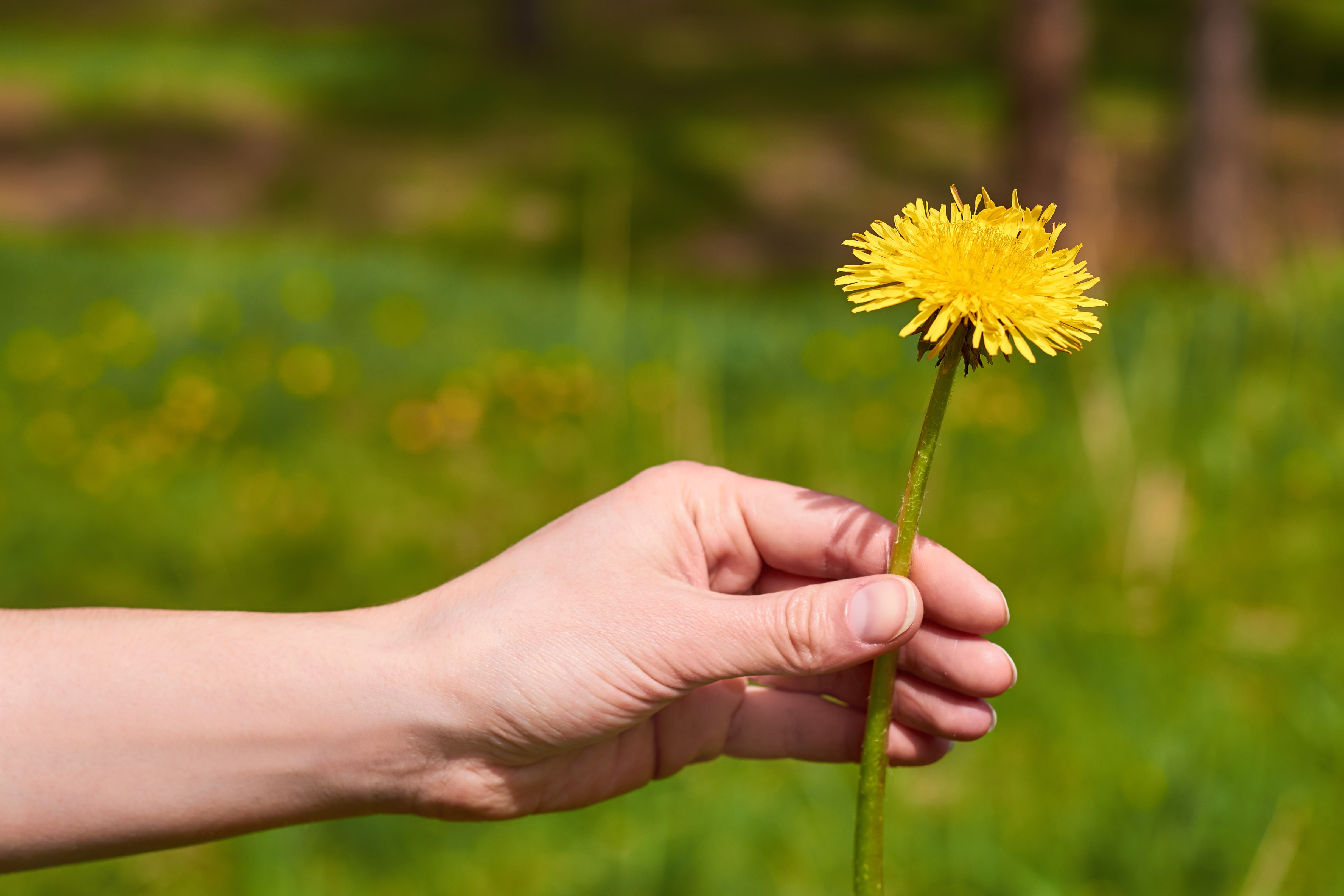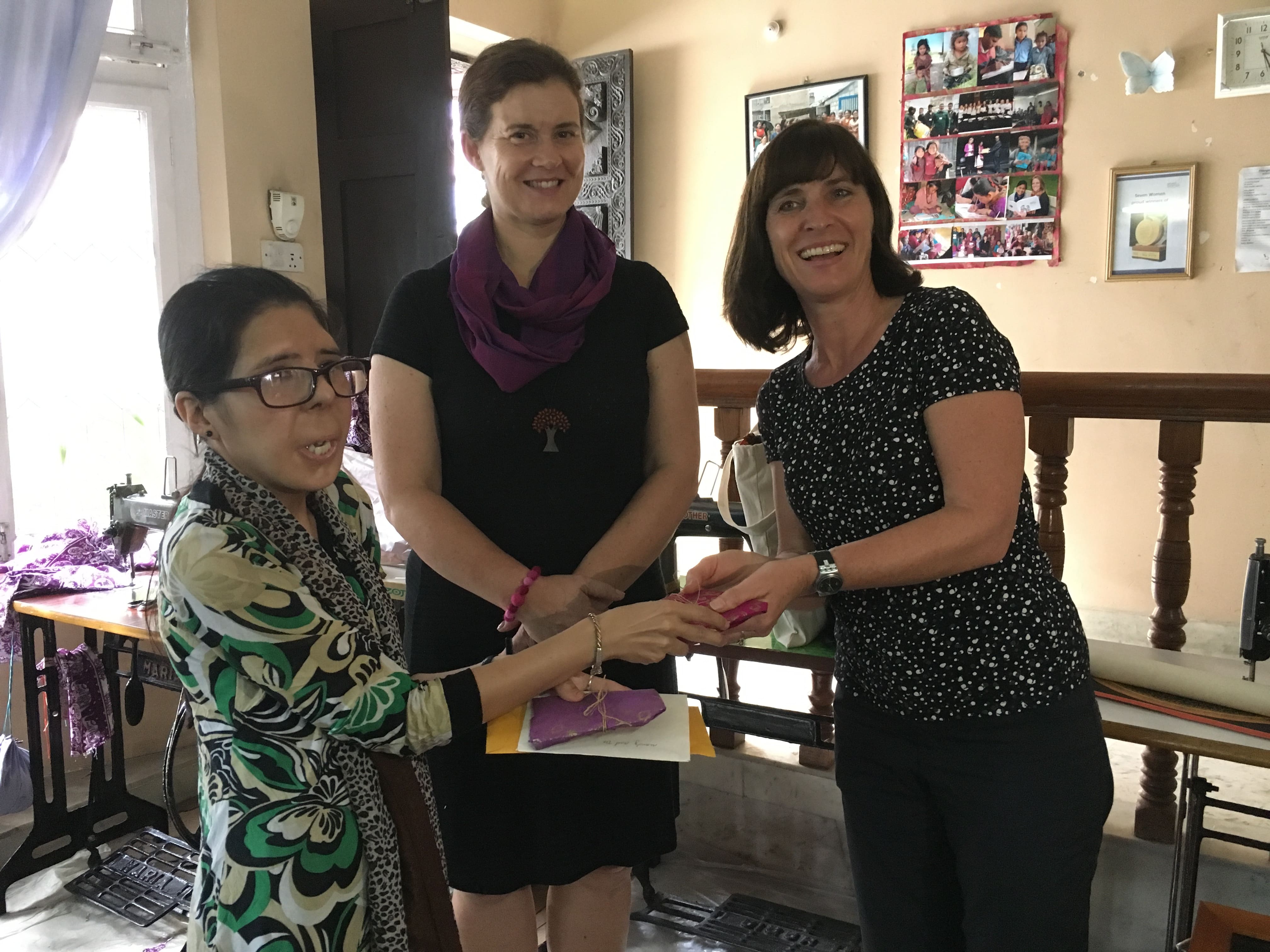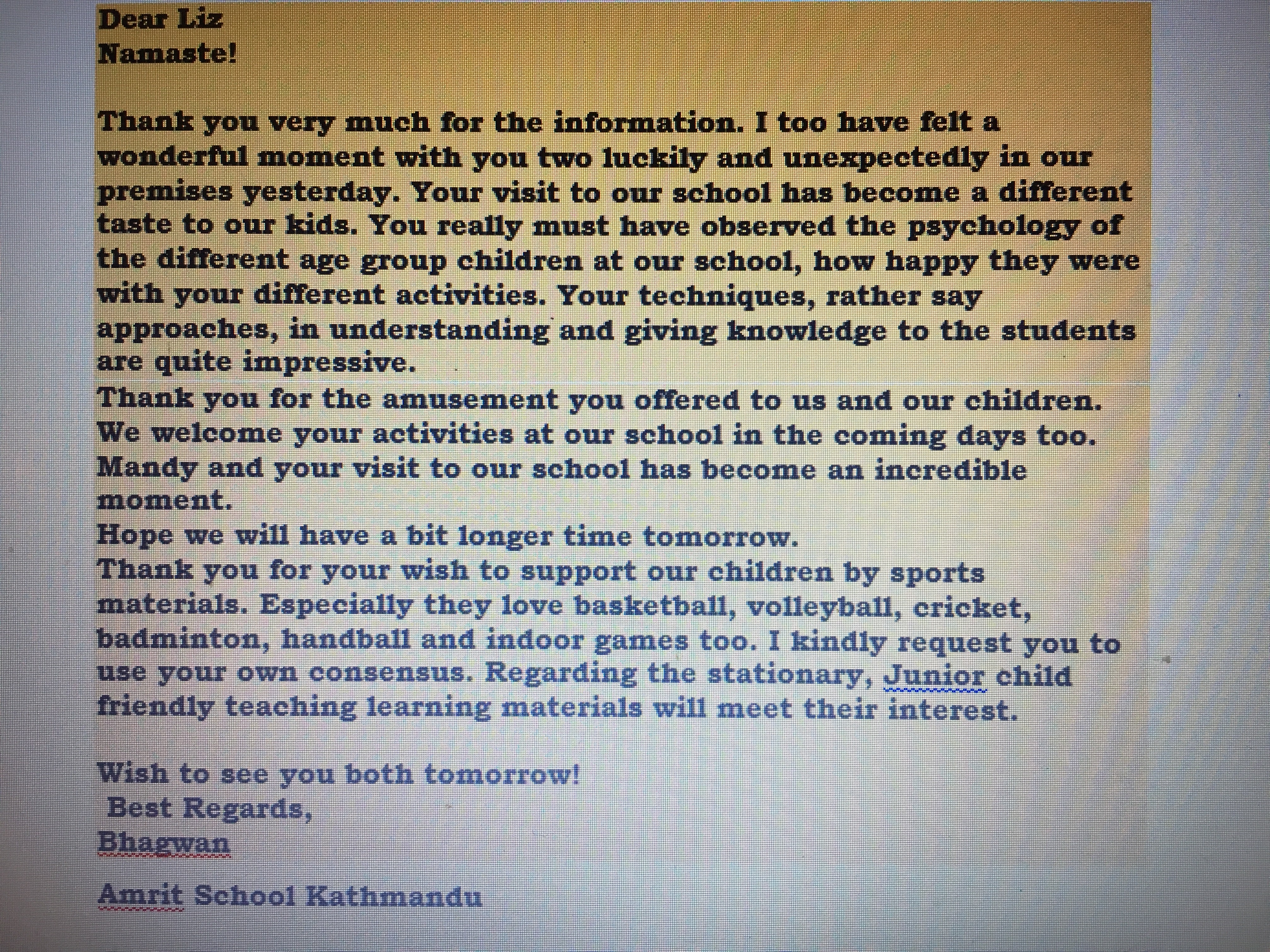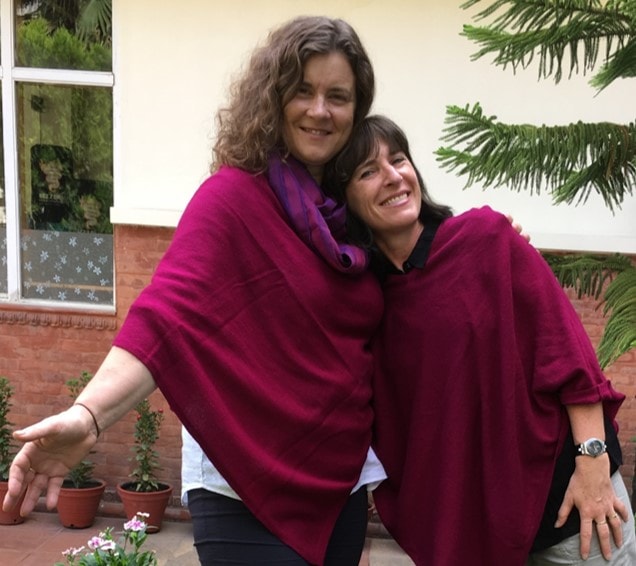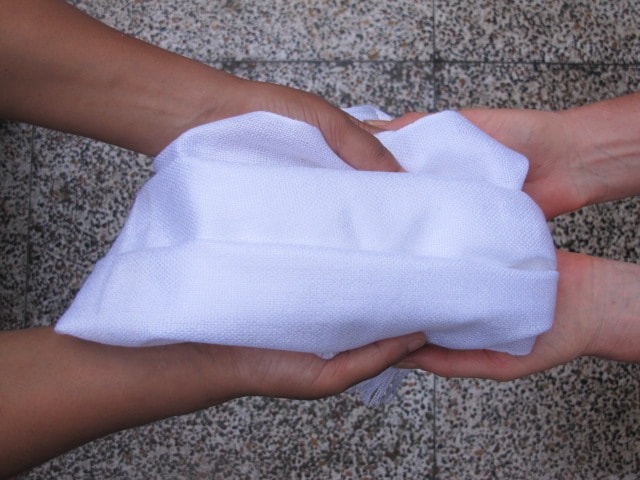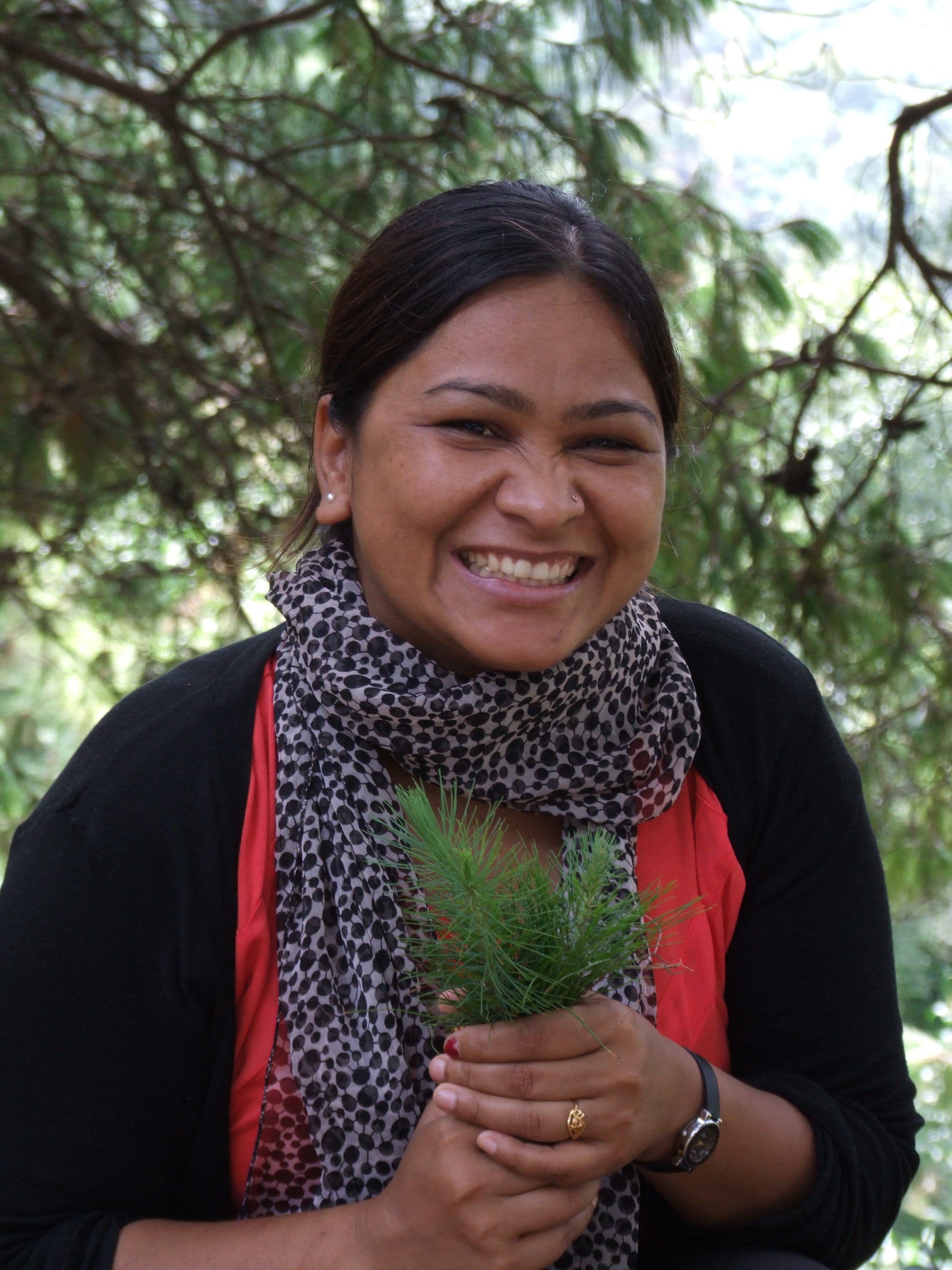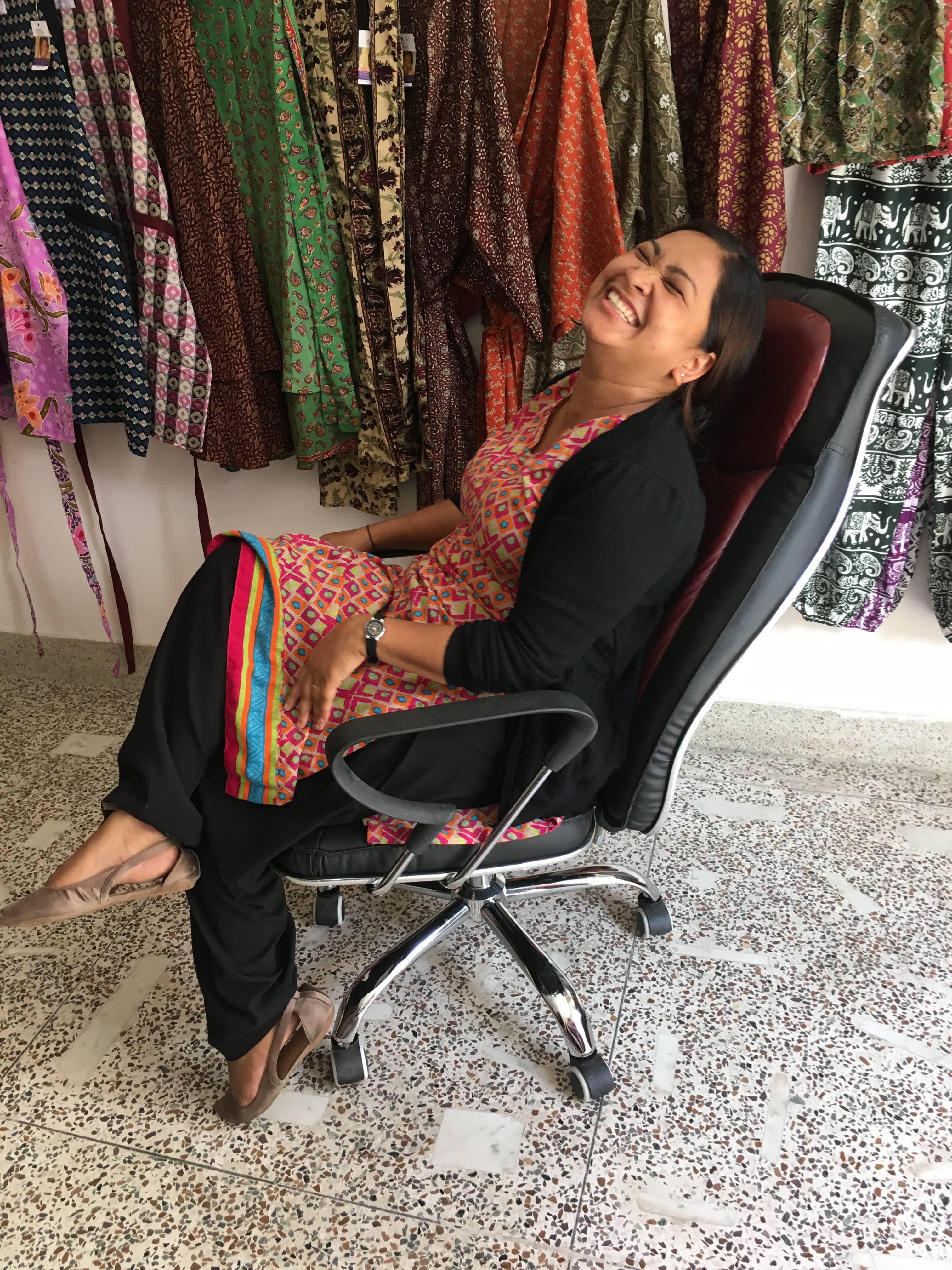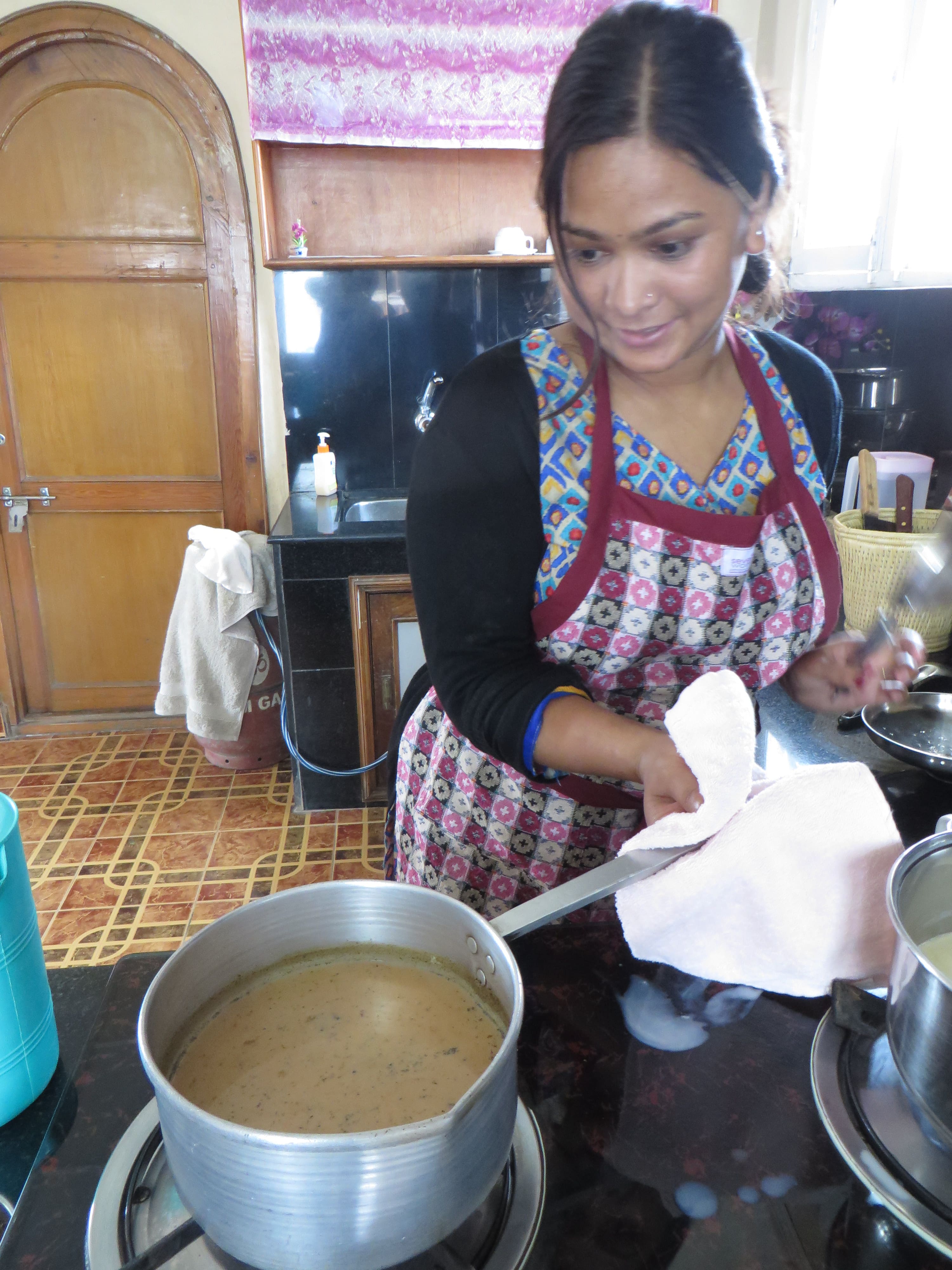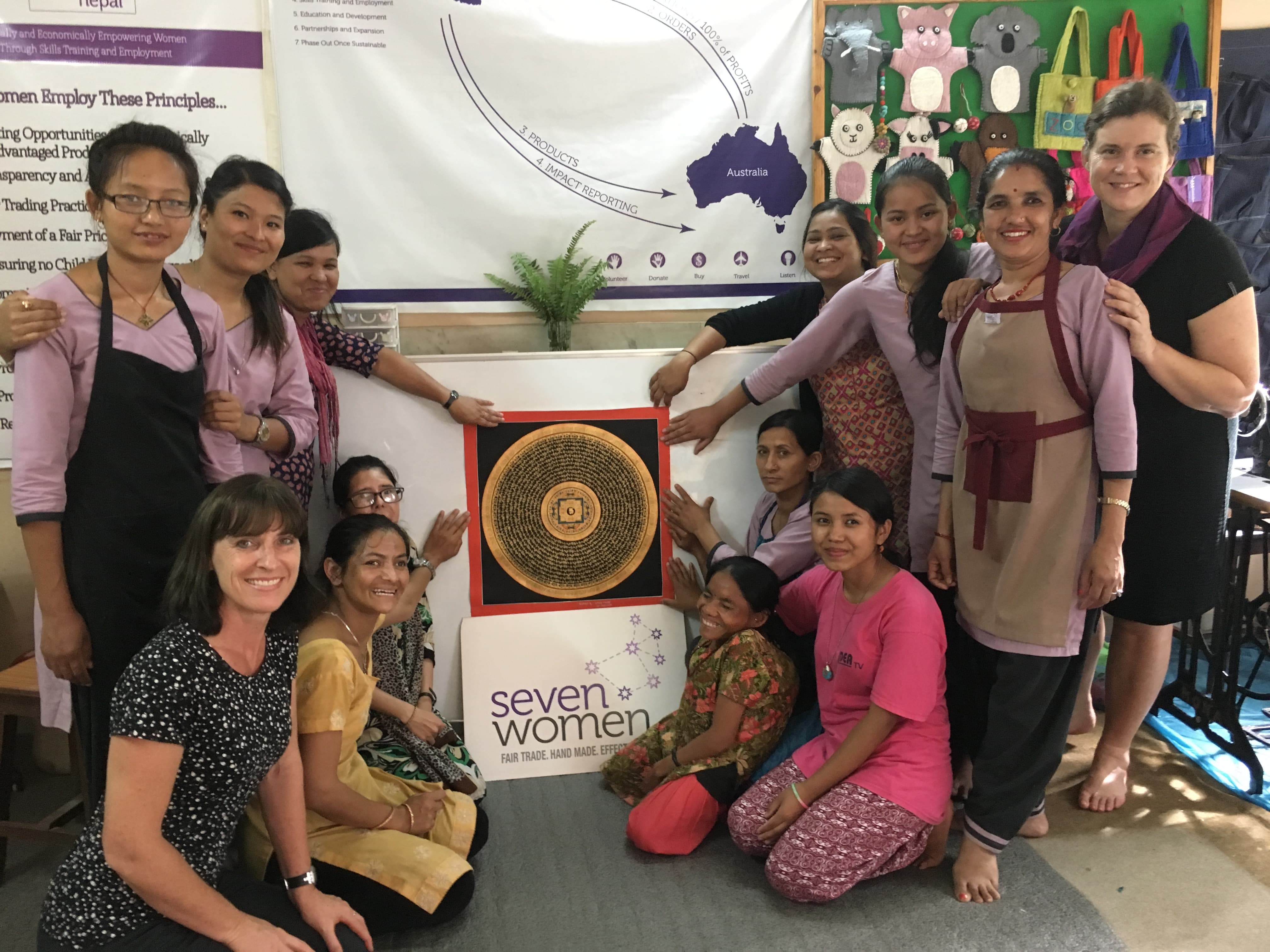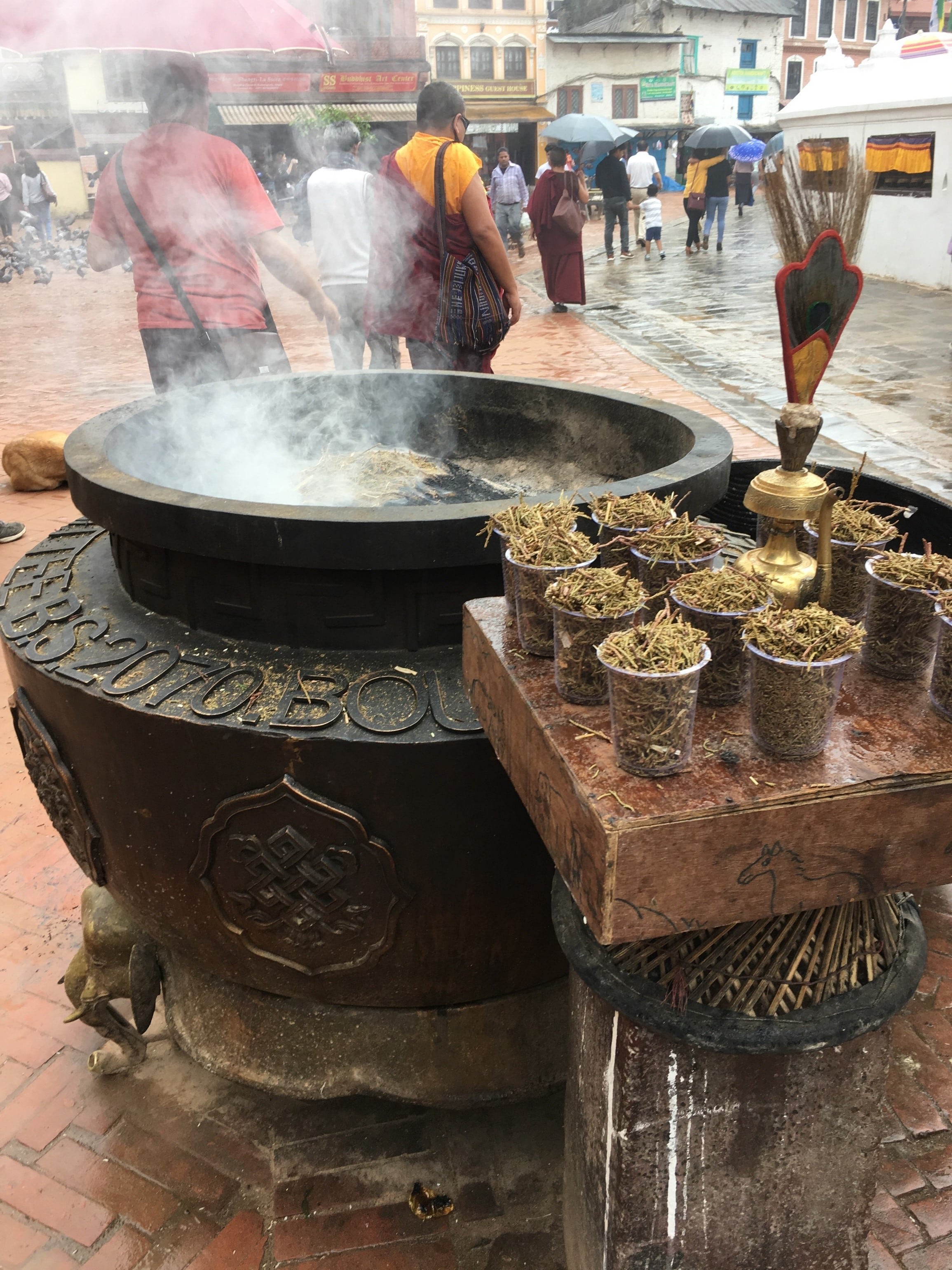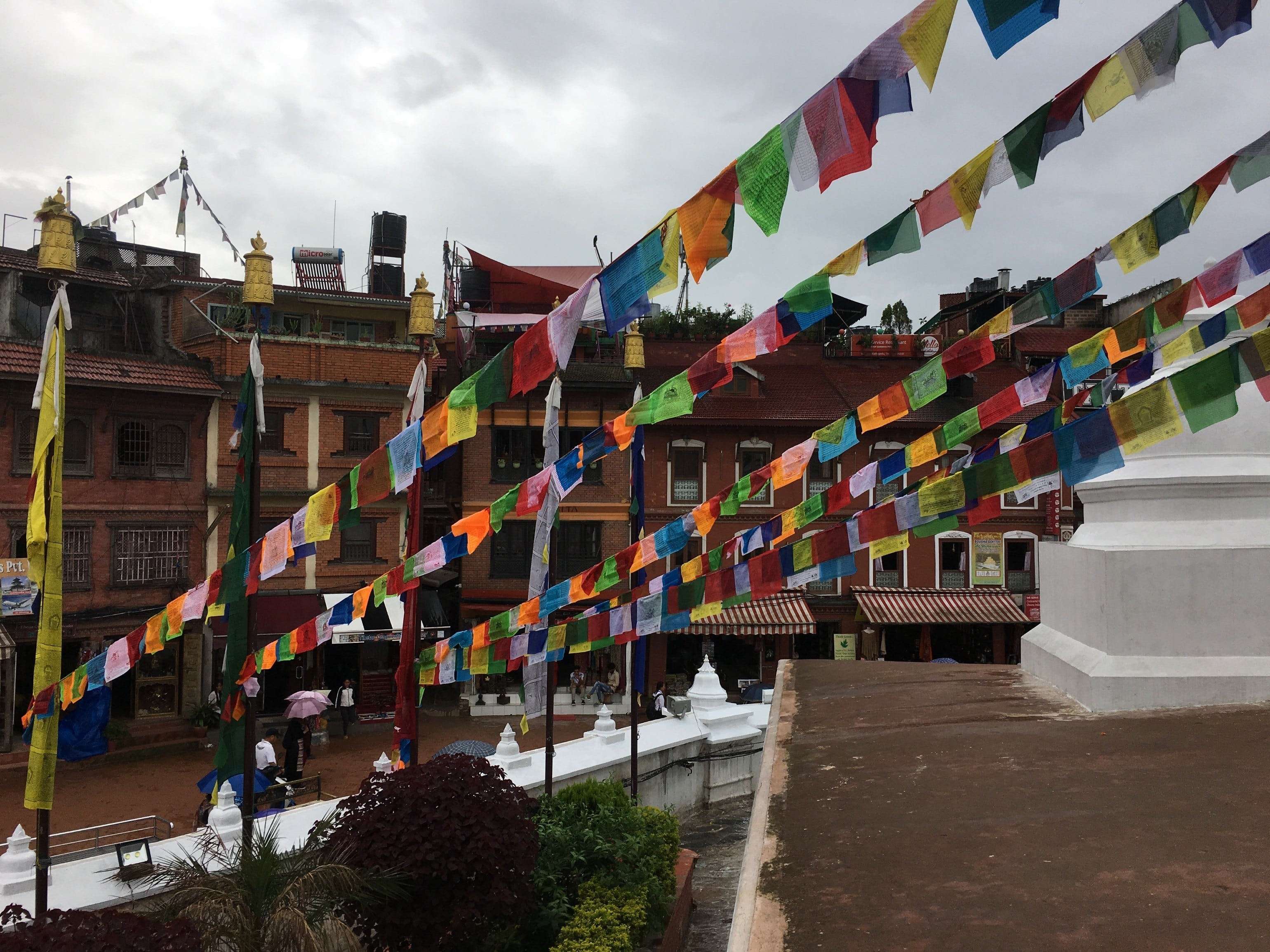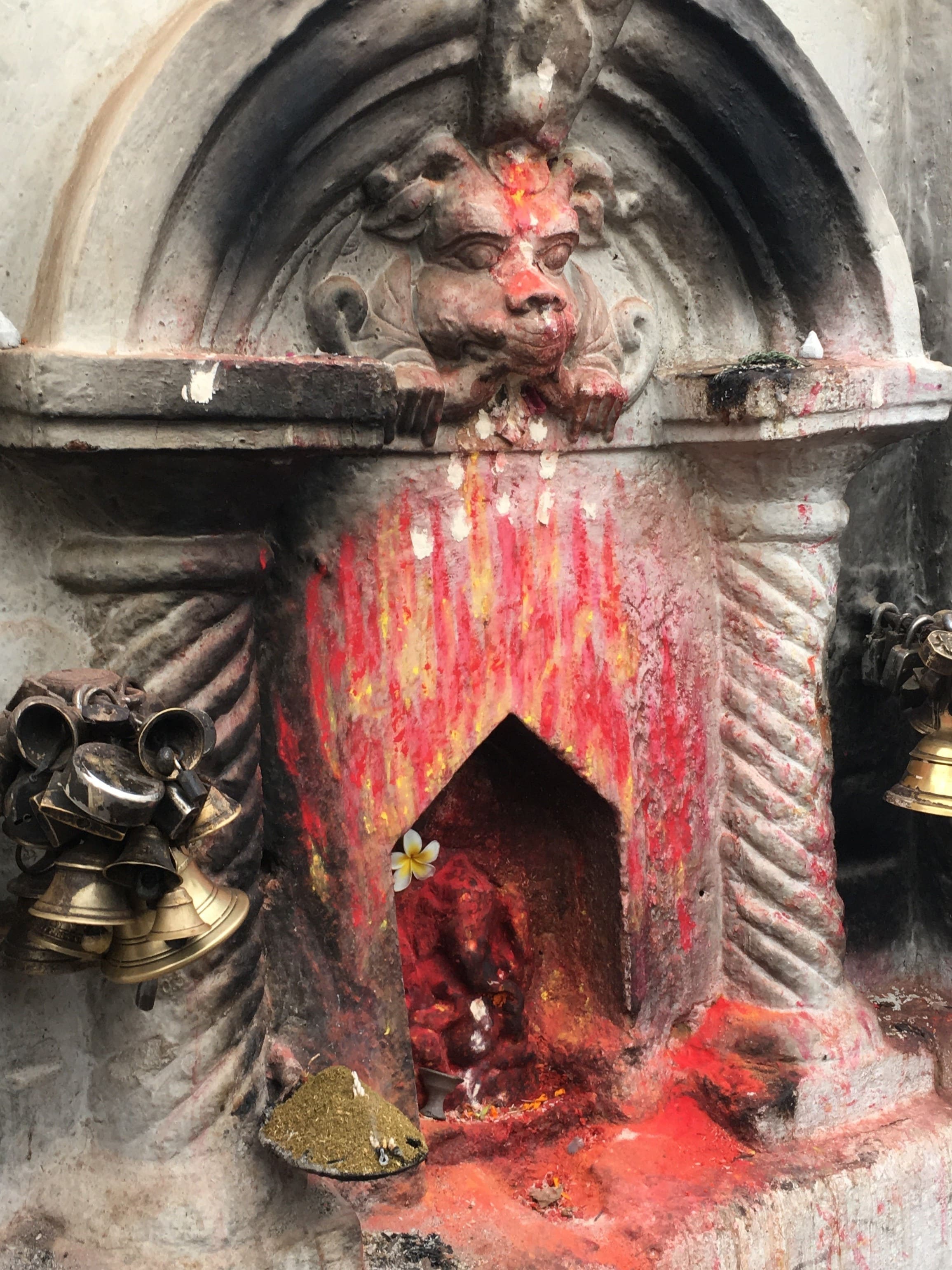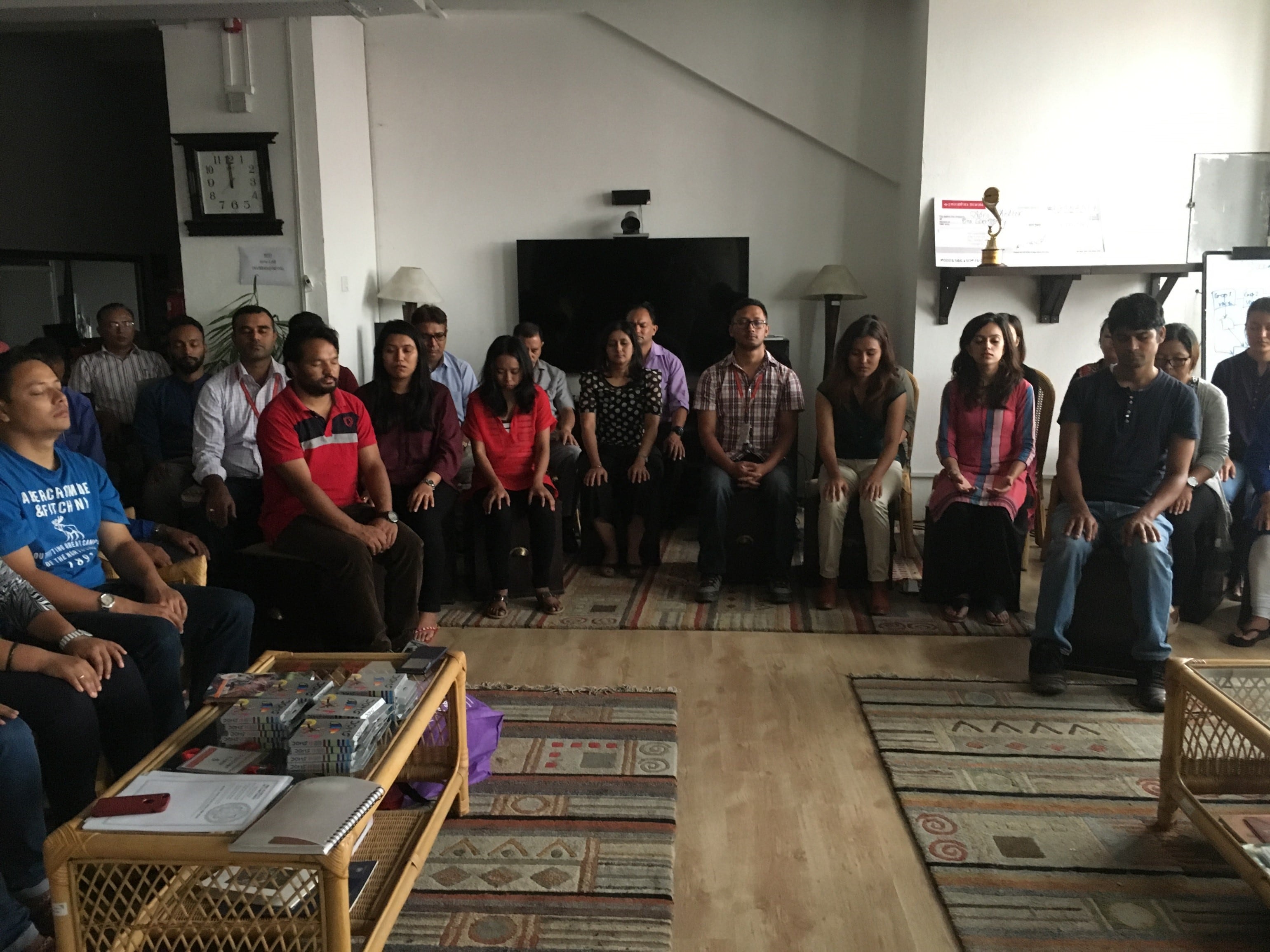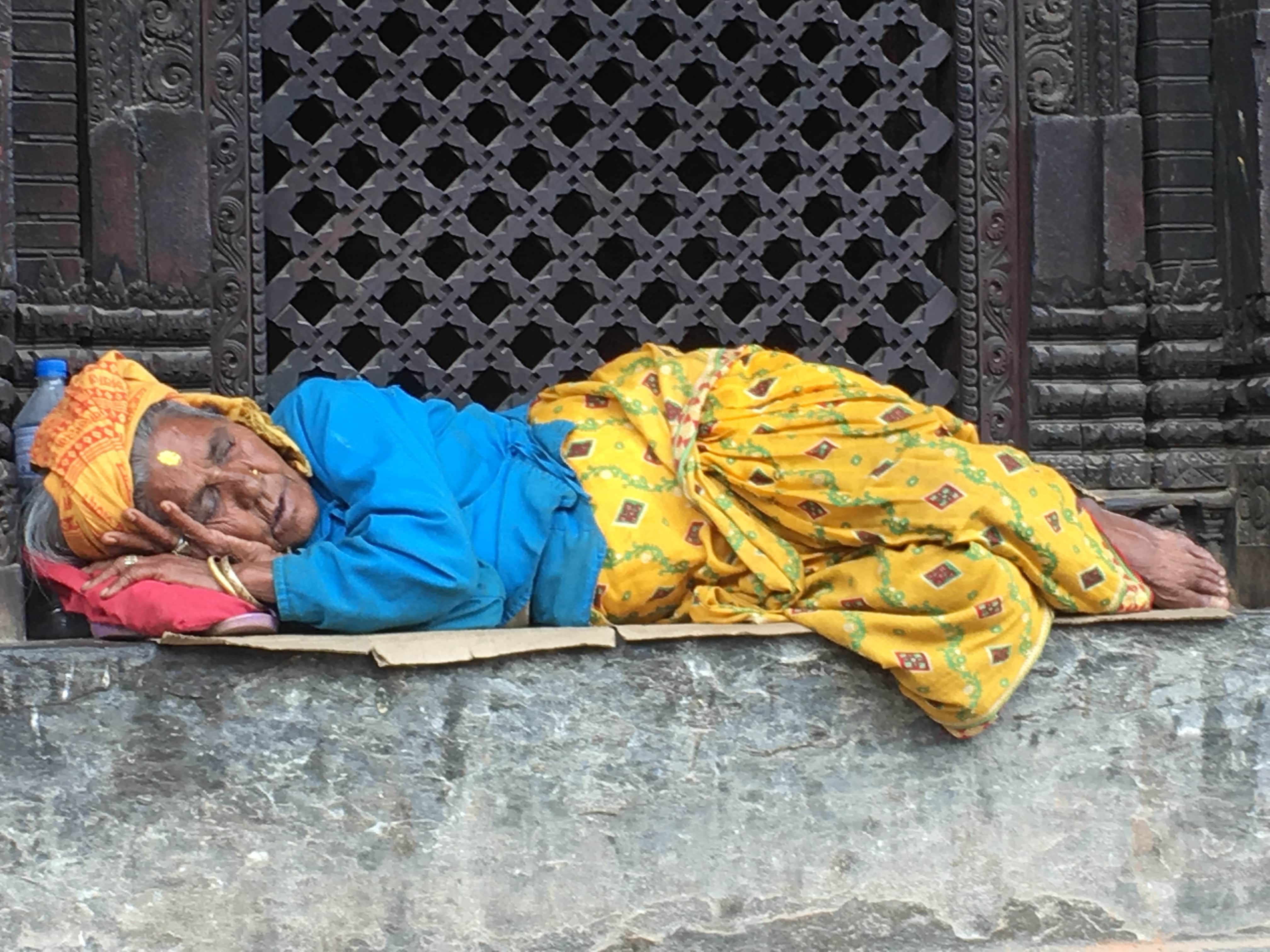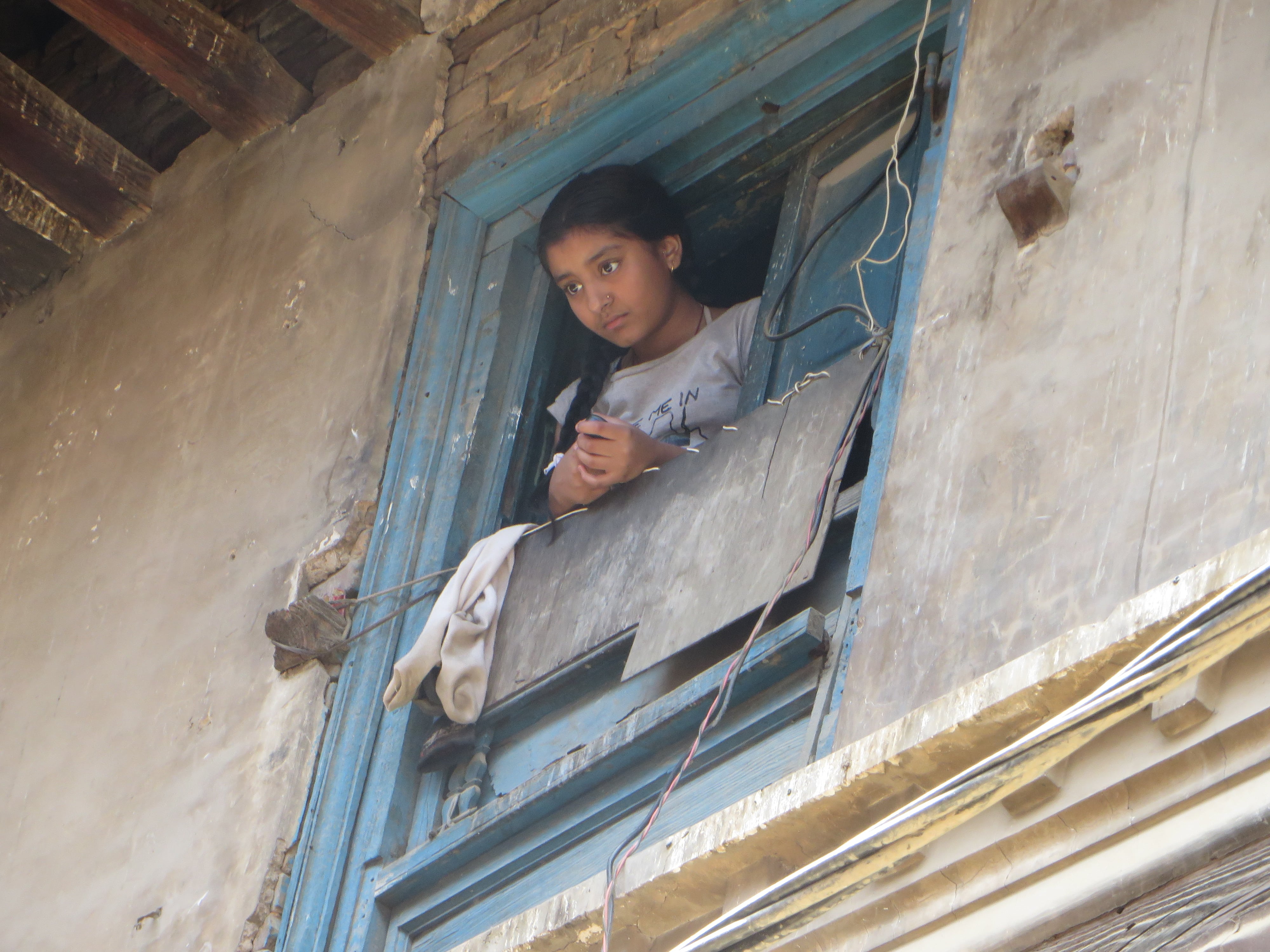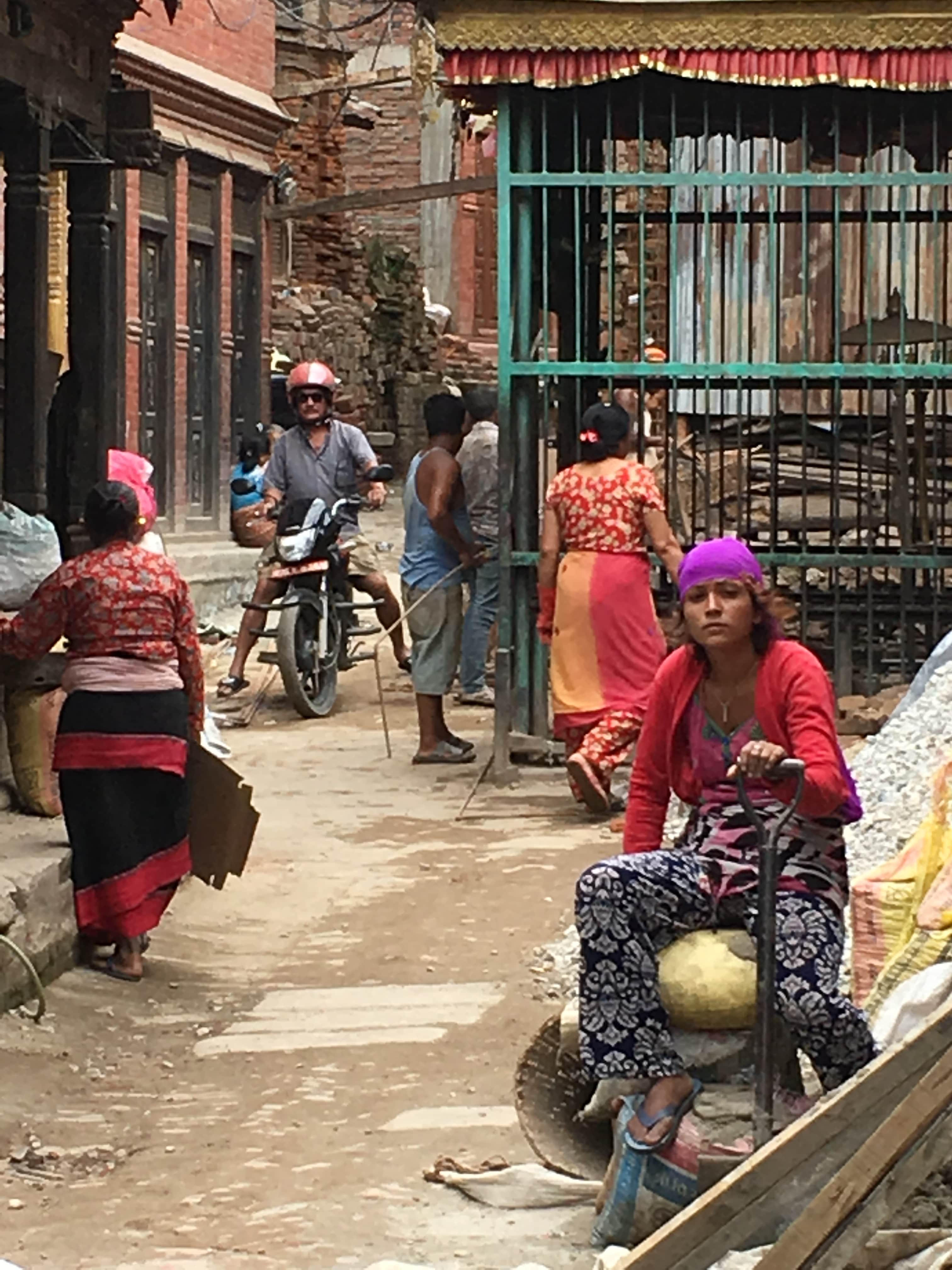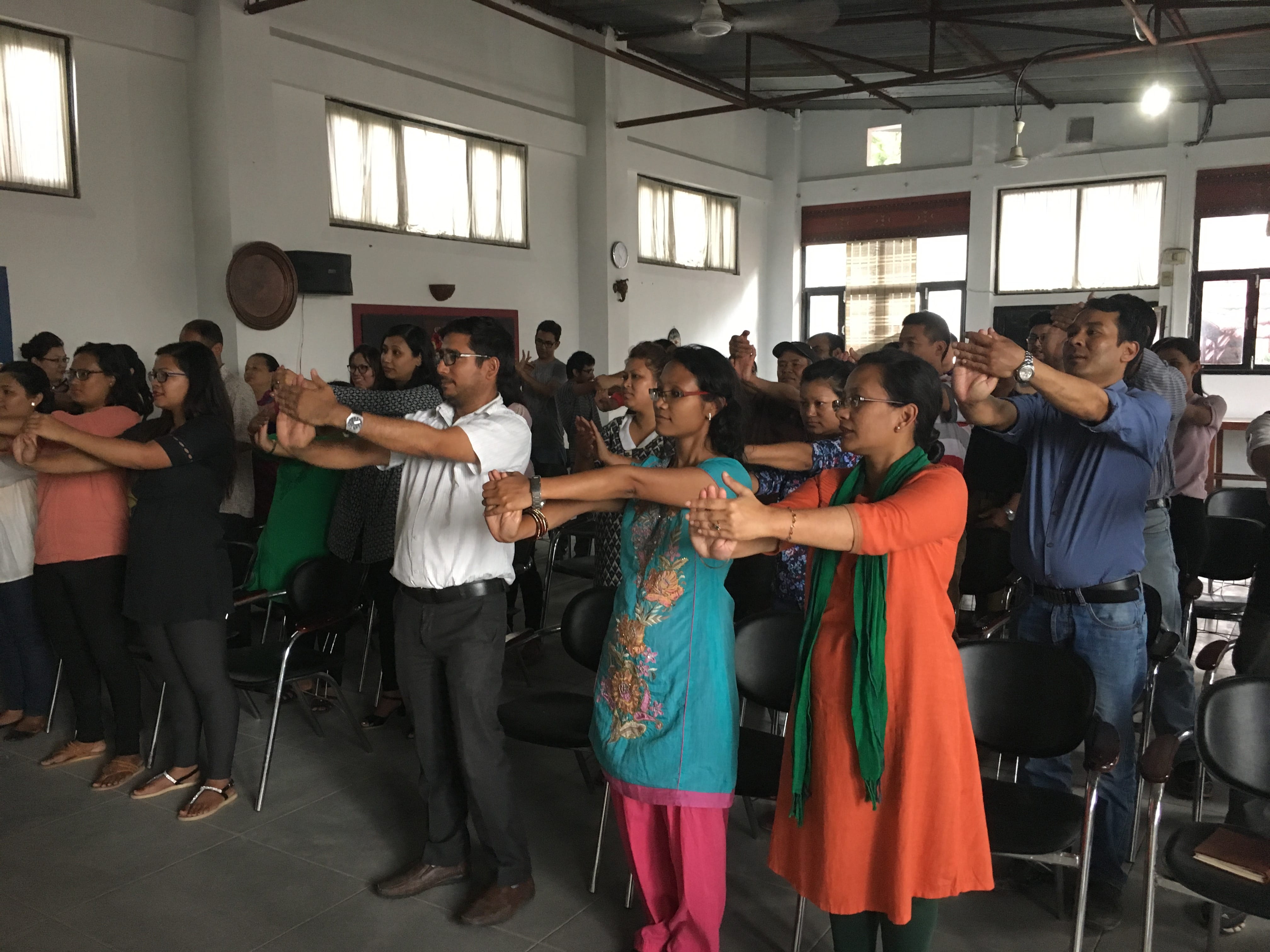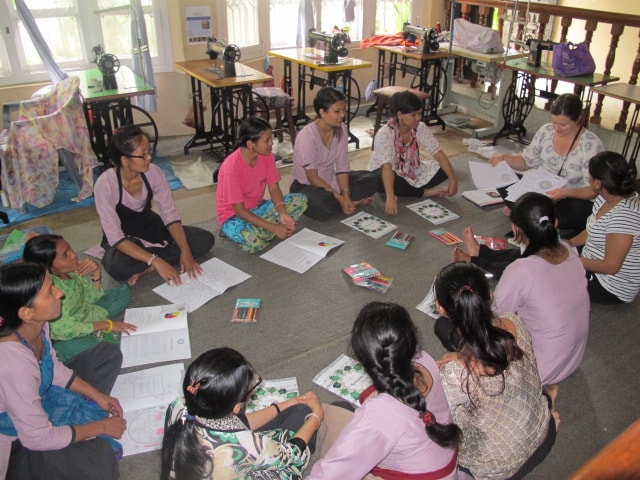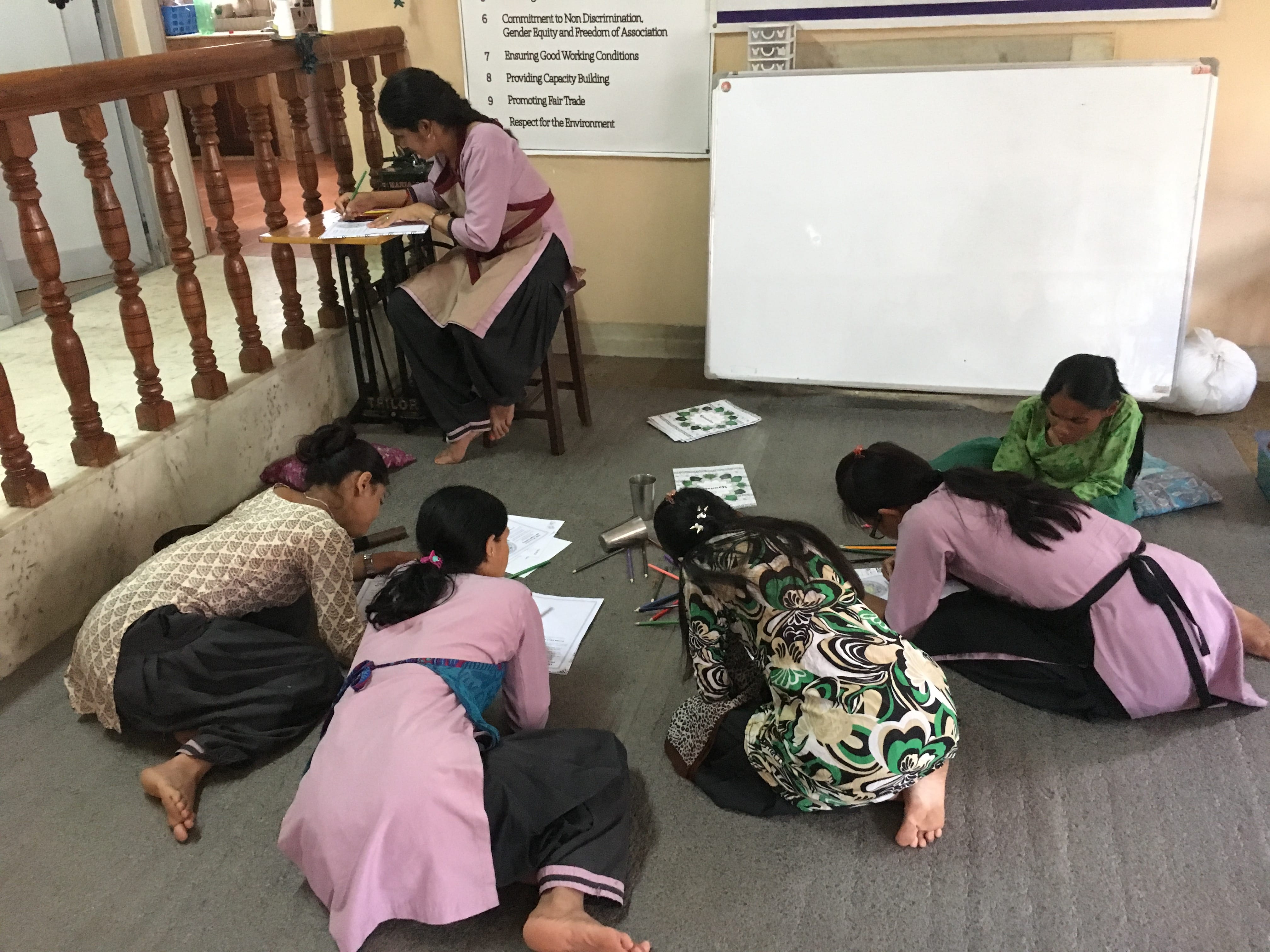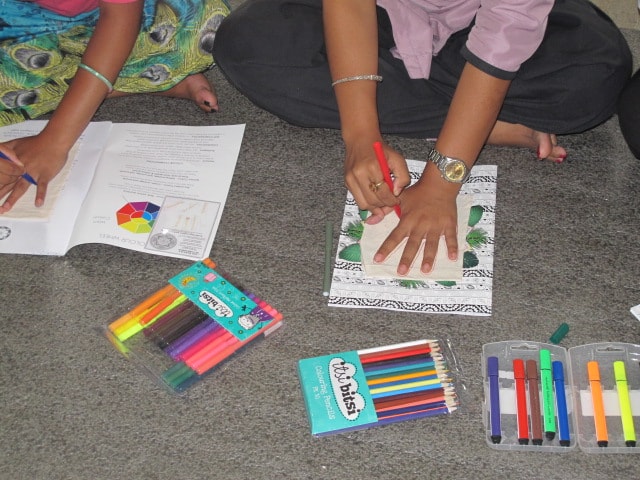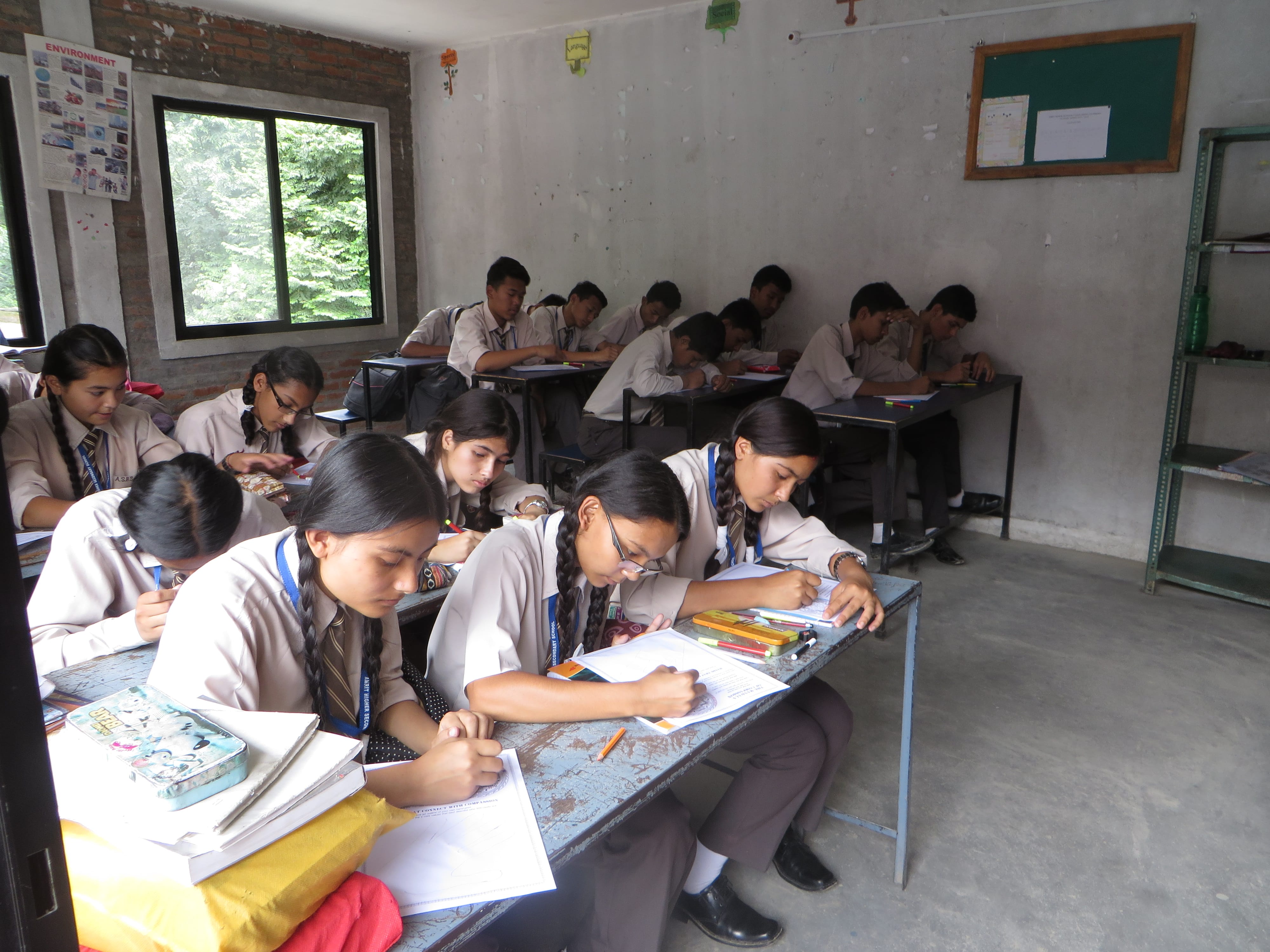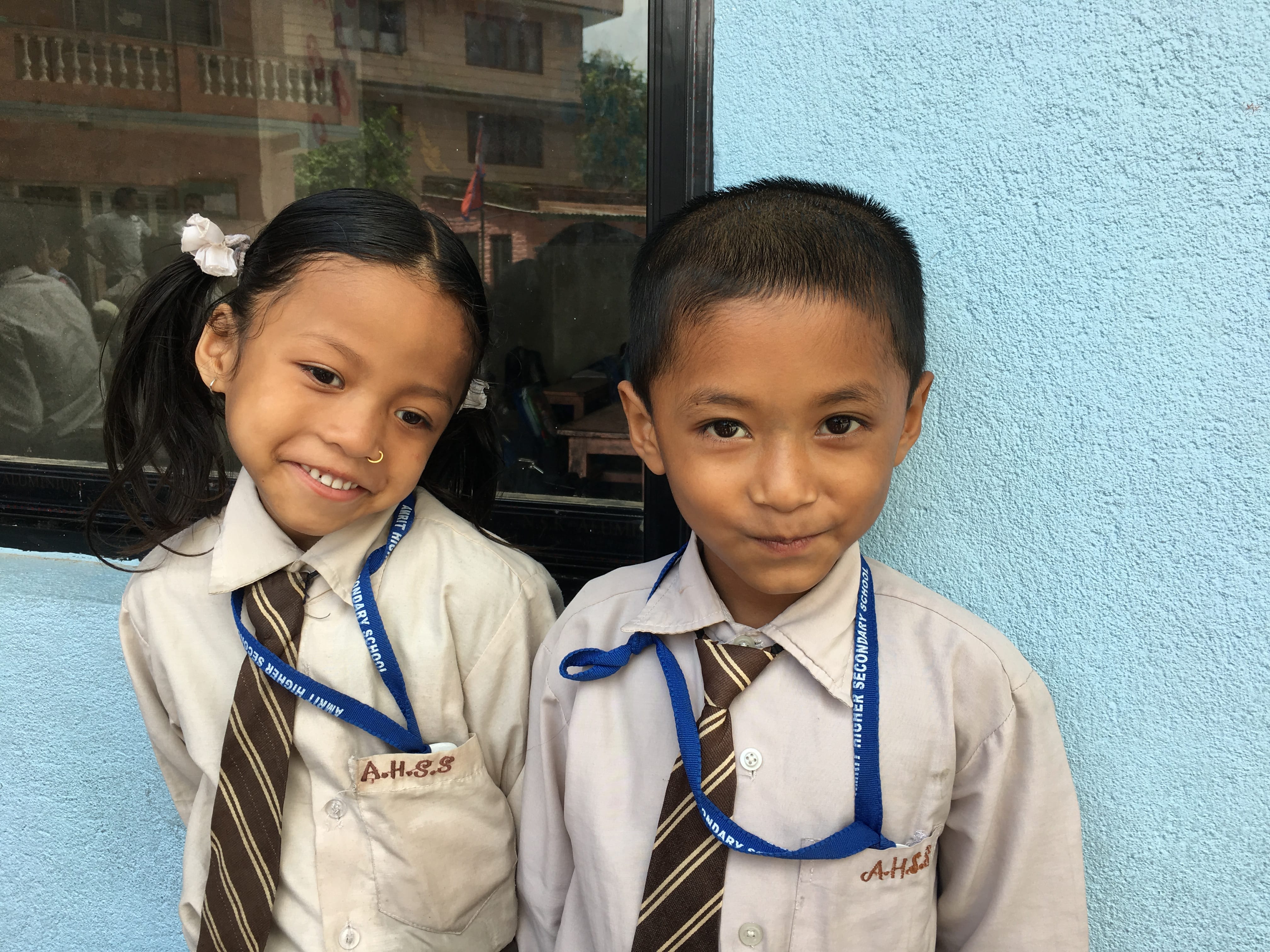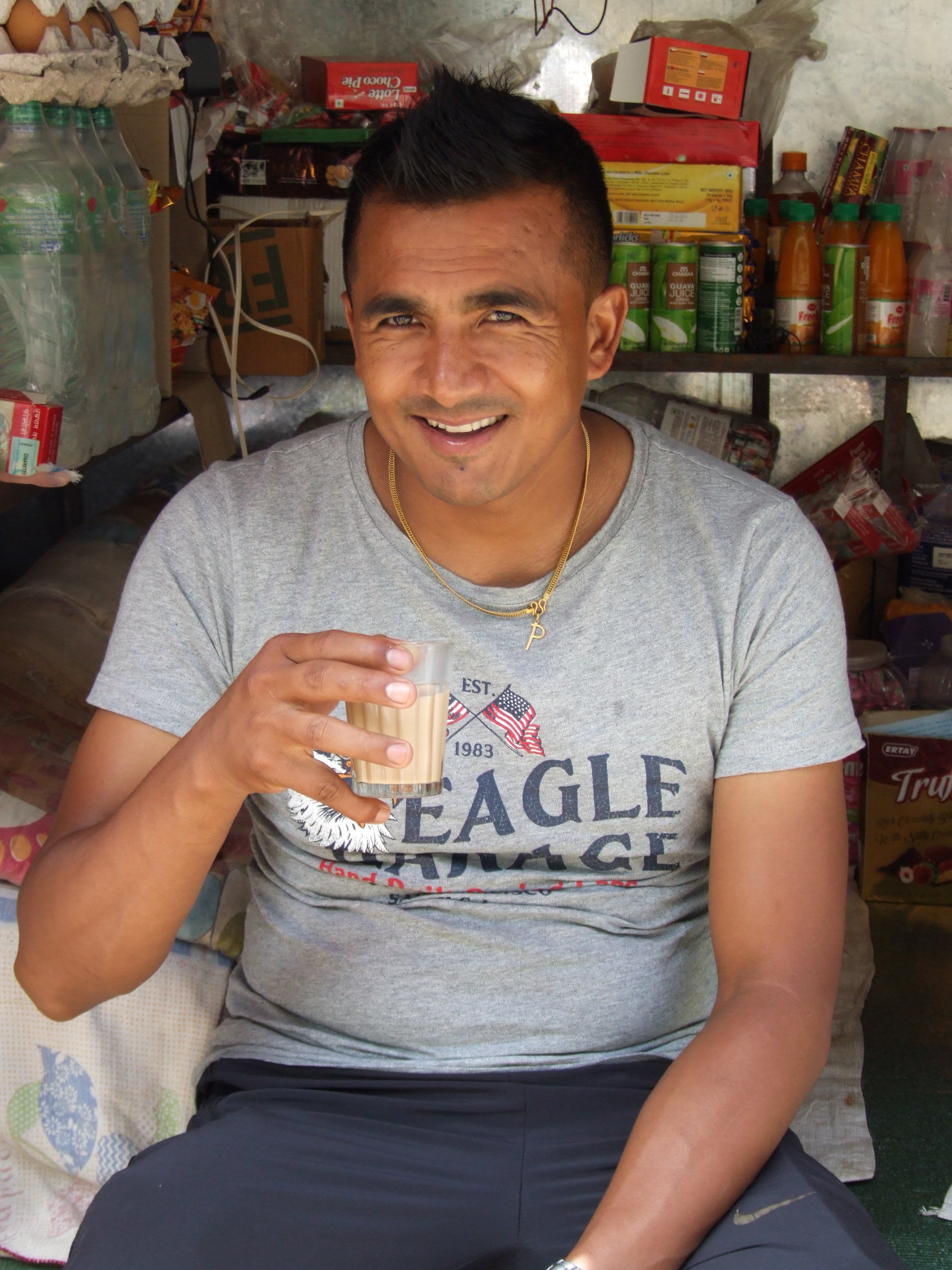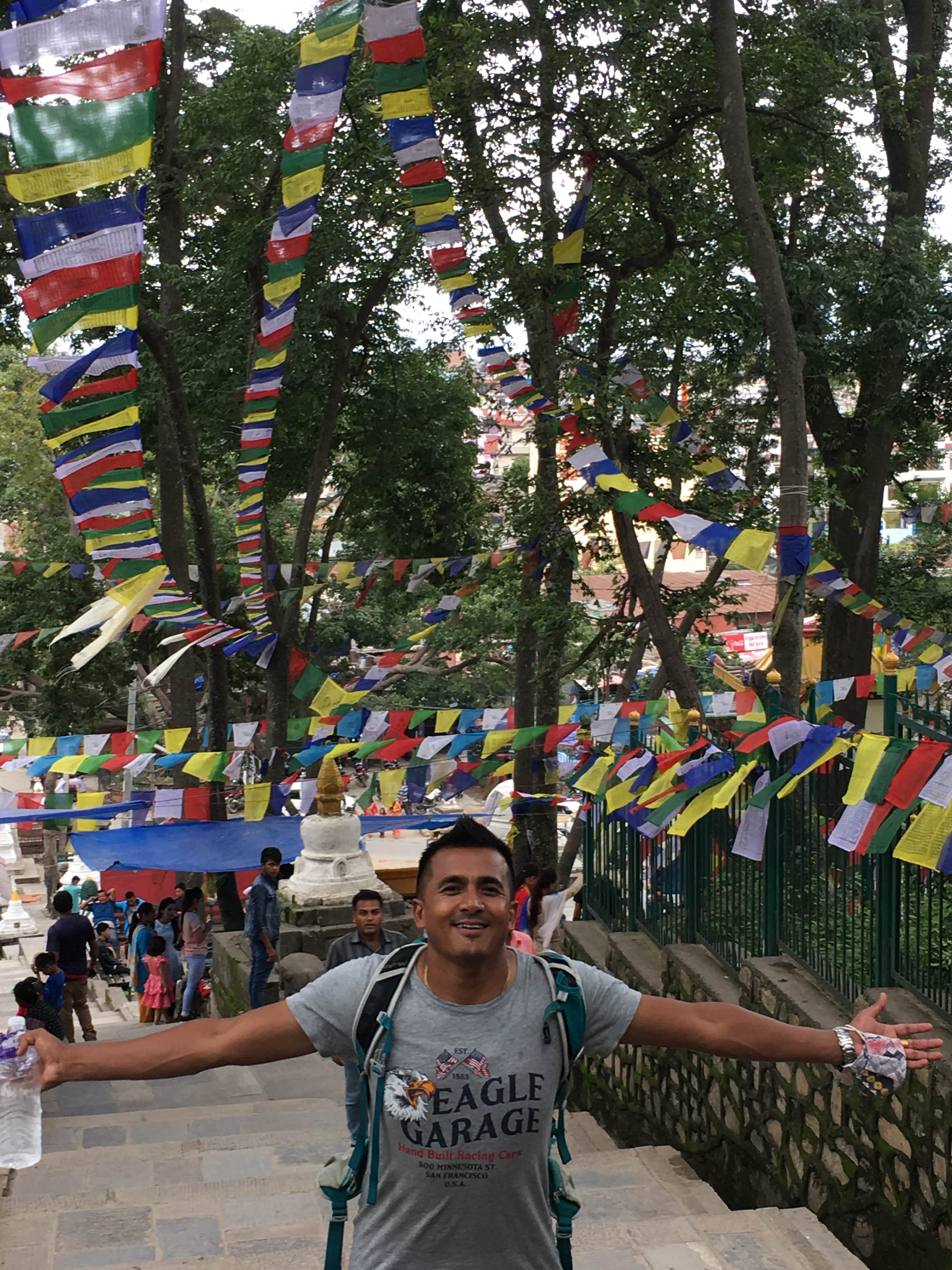
Cultivate Compassion to Nurture Self and Serve Others
Cultivate Compassion to Nurture Self and Serve Others
"You can search throughout the entire universe for someone who is more deserving of your love and affection than you are yourself, and that person is not to be found anywhere. You, yourself, as much as anyone in the entire universe deserves your love and affection." - Buddha
Make Time For a 'White' Day of Compassion
Stop, focus and remind yourself to be fully aware of what you need to do to nourish yourself. With practise and permission you can treat yourself with respect and friendliness, allowing you to then share your gifts with others.
The White Scarf
Wearing the “White Scarf of Compassion” is a symbol of dedicating some time to settle your mind and your body. Build a habit for regular moments of stillness so your mind can be free from fear, chatter and chaos. Find your heart that is open, compassionate and wise.
Wear your White Scarf or Beads of Compassion
Dedicate one ‘white day’ of compassion for yourself each week.
Simply give yourself permission to find an allocation of time that serves you to replenish your well-being regularly. This could be for an hour, a half-day, a full day, a weekend or a holiday!
Nourish yourself, so you can then share your gifts more fully with others.
The symbolic wearing your scarf or your beads is your reminder that you value time for yourself. You do not need to make excuses or diminish the practice of being worthy to your own needs.
The judging mind can always find something that isn’t quite right, particularly when it’s looking at that thing called self.
Talk kindly to yourself and let go of the mental struggle.
With practice and permission, you can treat yourself with respect and friendliness.
Build a habit for regular moments of stillness so your mind can be free from fear, chatter and chaos.
This may be 3 minutes, 10 minutes or 30 minutes to sit quietly in reflective meditative stillness.
It’s not selfish. It’s wise.
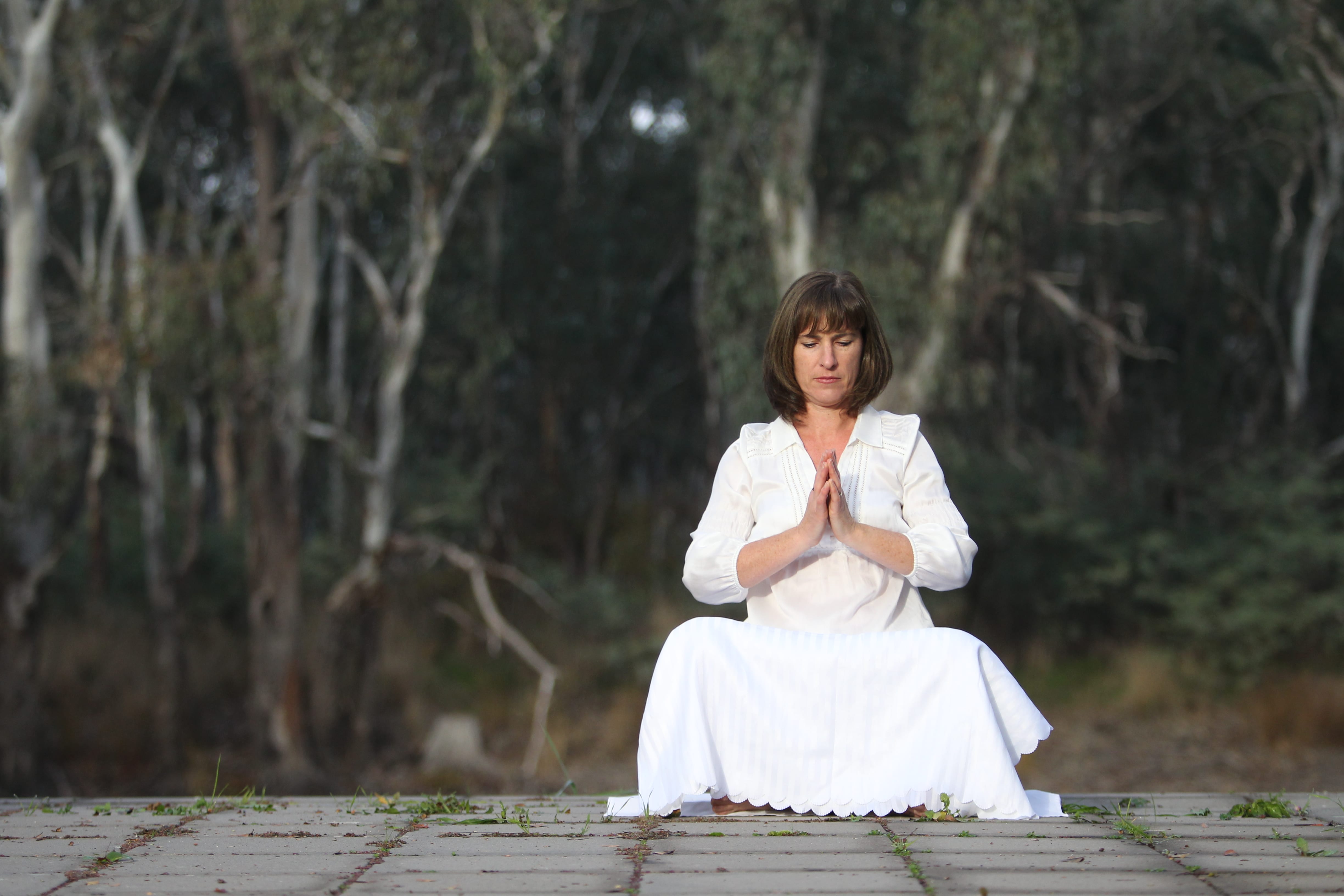
Enjoy your favourite things that soothe, settle and replenish you
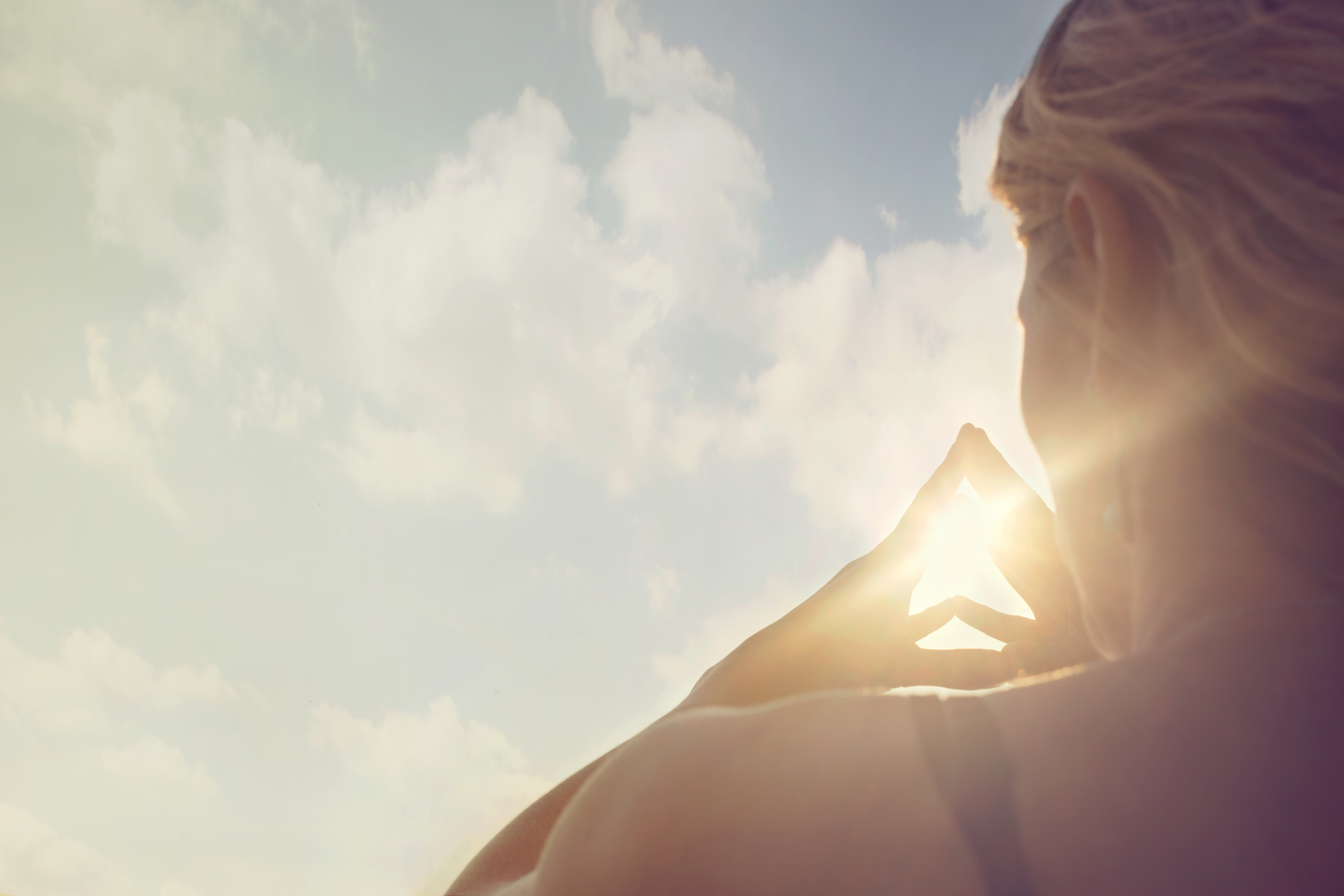
• Awaken your senses and ‘smell the roses’.
• Walk alone or with a friend.
• Ride a bike or a horse, swing a golf club or a racquet.
• Be outside and feel the sun on your face and fresh air on your skin.
• Read a book or magazine that you love.
• Listen to a podcast, laugh at a movie.
• Make yourself a nourishing meal, appreciating its health value.
• Simply stand outside on the grass in bare feet and feel the ground.
• Watch the cloud formations change in the sky.
• Marvel at the stars and moon.
• Write in your journal.
• Sing out loud.
• Indulge your creativity: draw / paint / sew / build.
• Look after your physical body – do you need a nap or some exercise?
• Find your thing.
Cultivate Inner Compassion
Compassion is your offering of kindness to nurture your inner self, which then allows you to truly serve others with an open heart that is accepting and non-judgmental.
With self-compassion, we give ourselves the same kindness we would give to a loved one.Self-compassion fosters an ability to treat ourselves with understanding and concern and encourages us to be open to giving and receiving
Be kind to yourself
Your Self-Compassion Practise
“As I breathe in, I do my best. As I breathe out, I let go of the rest.”
Wear the White Scarf or Beads of Compassion as a symbol of dedicating some time to settle your mind and replenish your body.
Cultivate a regular habit of mindfulness for the art of simply being.
Enjoy the moments of stillness that are there to be found when you can stop doing for a while and just settle.

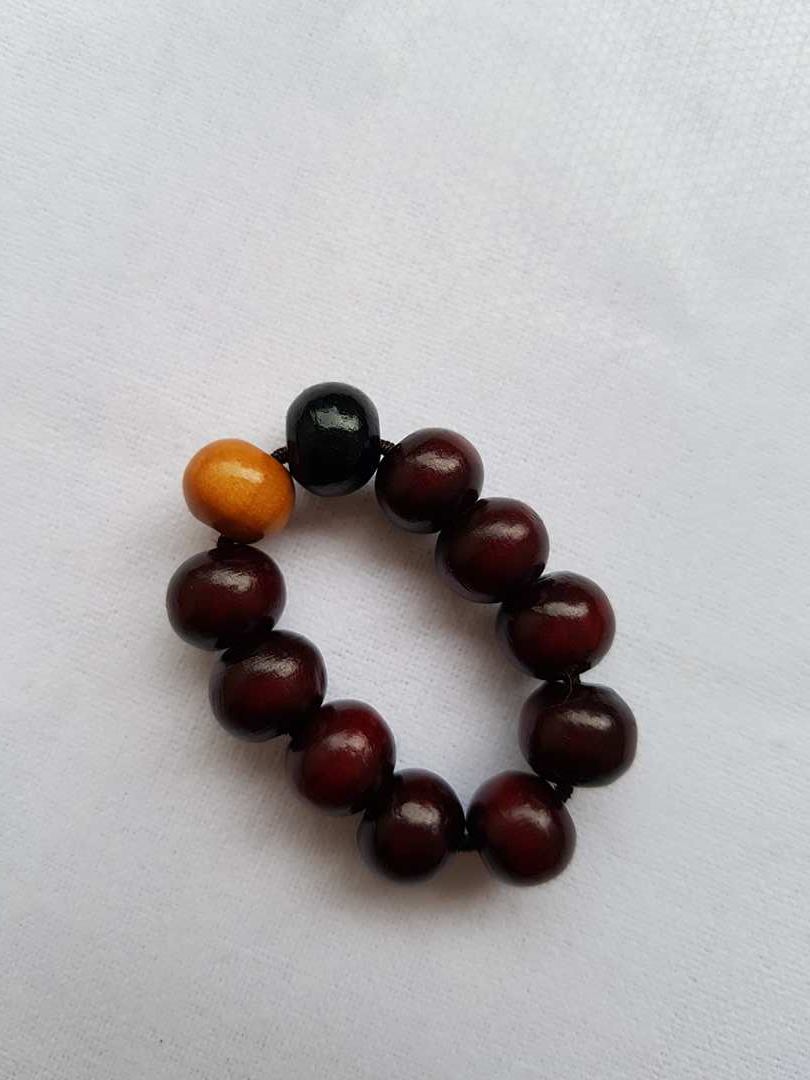

The Movement
The sharing of the white scarf will be underpinned by education of how mindful awareness and compassion can nourish self and serve others. We will educate and encourage a western woman to wear the white scarf as a symbol of her own self-nurture in order to then respect and fully interconnect with others.
Our intention will be to provide financial support to those living in fear and physical hardship whilst simultaneously cultivating gratitude for the simple things we often take for granted in our more affluent western lives.
Nourish yourself with self-compassion so you can then share your gifts with others.



